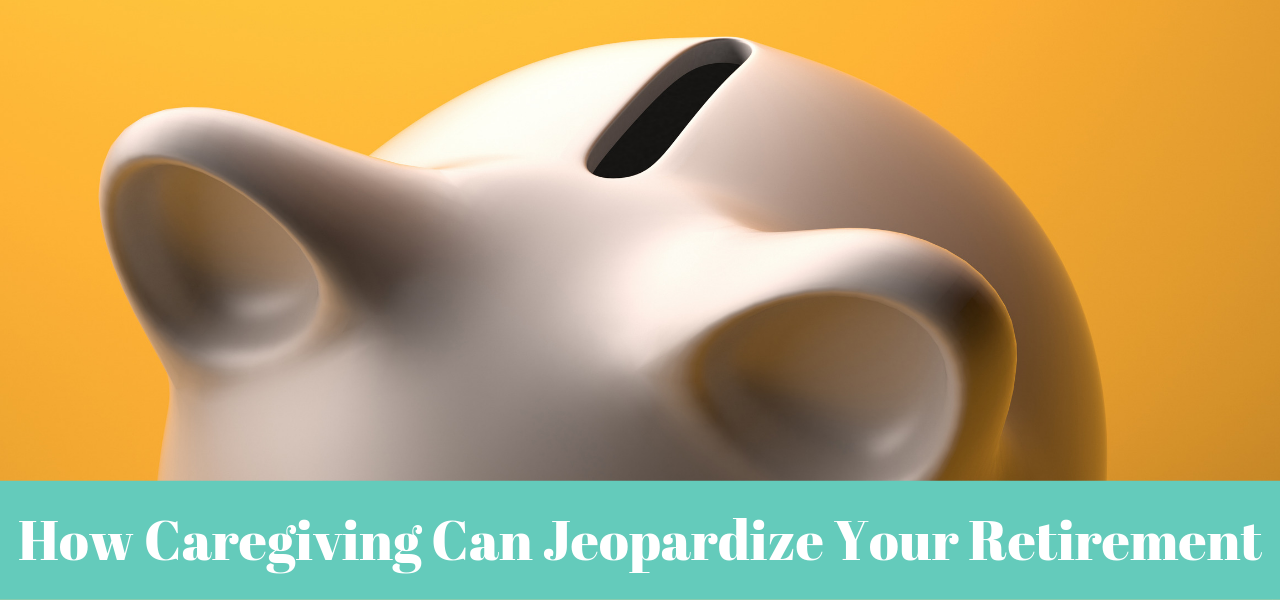
A recent report from the Government Accountability Office (GAO) found that family caregivers are often placed in circumstances that endanger their financial future and retirement plans. Learn more about the report and how caregivers in America are facing a financial burden that may jeopardize their retirement plans.
Caregiving and the Workplace
An estimated 45 million people in the United States provided care for a loved one between 2011 and 2017. Of those 45 million people, 26 million were caring for an ailing spouse, 22 million cared for their parents or another relative, and 7.4 million people provided care for more than one person in that time frame.
A recent report from the Government Accountability Office found that women were more likely to provide care than men, caregivers tend to be older than the general population, and that spousal caregivers were less likely to have completed college and generally had lower earnings than the general population. In addition to caregiving responsibilities, many caregivers worked for pay. In fact, 70% of parental caregivers and 26% of spousal caregivers had paid jobs.
3 Ways Caregiving Affects Retirement
Not only can the stress of caregiving have a negative effect on health, but caregiving duties can also negatively affect career planning and retirement savings. This is especially true for parental caregivers who are younger and often experience work disruptions that are harmful to their long-term financial security.
Experience Leisure Care Senior Living

The Village at Unity & The Hamlet
Independent Living, Assisted Living, and Memory Care in Rochester, New York
1. Caregiving duties often conflict with work obligations
A whopping 68% of working parental and spousal caregivers said their job was impacted by their caregiving duties. They reported being late to work, leaving early, or having to take time off during the day to provide care to a loved one. This led to income volatility and interruptions to paying jobs. According to the GAO report, spousal caregivers (81%) were more likely to experience job impacts than parental caregivers (65%). 29% of spousal caregivers and 15% of parental caregivers went from working full-time to part-time or cutting their hours to have more time for caregiving responsibilities.
2. Caregiving can make it difficult to participate in employer-sponsored retirement plans
In general, to qualify for employer-sponsored retirement plans, like company matched 401(k)s, an employee must be full-time or be employed for a certain amount of time. Caregivers often find themselves switching jobs to better handle their caregiving obligations, or working part-time, making it more difficult to access retirement plans. This is especially true for single women. One study reported finding, that “unpaid caregivers have lower retirement savings because they are less likely to participate in retirement plans at work and have lower contributions relative to pay. Single women, in particular, see declines in retirement security associated with unpaid caregiving. That is, caregiving further exacerbates an already existing retirement income security gap by gender.
3. Many caregivers stop working earlier than planned
It’s not surprising that all of these factors make it more likely for caregivers to leave the workforce earlier than planned. Retiring, or leaving work earlier than planned, means that caregivers have less financial resources to save for the future and may even have to rely on savings earlier than anticipated. Early retirement can also reduce benefits based on spousal Social Security.
A 2011 study from MetLife around that the total individual amount of lost wages and Social Security benefits due to leaving the workforce early because of caregiving was equal to $303,880. The total estimated aggregate of lost wages, pensions, and Social Security benefits for parental caregivers is nearly $3 trillion.
Preparing Caregivers for Retirement
Because of the demands of caregiving and how they can lead to a loss of income, caregivers have fewer retirement assets than non-caregivers. Spousal caregivers have 50% less in individual retirement accounts (IRAs), 39% less in non-IRA assets, and 11% less in Social Security income. There are a number of policy suggestions for improving caregivers’ retirement security. Experts have identified various benefits to caregivers and others, helping to address not only financial needs but emotional and advocacy support as well. The GAO suggests these four policy areas improve retirement finances for caregivers:
1. Decreasing caregivers out-of-pocket expenses
Caregivers often face immediate expenses that require them to withdraw money from retirement and savings accounts early or to stop saving altogether. Family caregivers spend an estimated $7,000 per year on caregiving costs. Policy actions could include a stipend for caregivers, cash or other benefits for caregiving expenses, pre-tax dependent care savings accounts, and providing incentives for individuals to purchase long-term care insurance for themselves.
2. Increasing caregivers’ workforce attachment and preservation
Caregivers can lose income and retirement investment opportunities when they cut their work hours or change jobs. 68% of family caregivers reported negative job impacts because of caregiving duties. Policy actions could include expanding the Family and Medical Leave Act (FMLA) to include smaller companies, providing employment discrimination protections for caregivers, and expanding access to paid family and medical leave.
3. Increase caregivers’ access or contributions to retirement accounts
Caregivers who have to reduce their hours may lose access to employer-sponsored retirement benefits while also losing income. Helping caregivers stay with their current employer and continue to have access to company retirement benefits will help caregivers continue to contribute to retirement funds. Policy actions could include offering lower fee IRAs for caregivers, preventing employers from excluding part-time and temporary workers from retirement benefits, and increasing alternative retirement plans for those who do not have access to employer-sponsored plans.
4. Increase caregivers’ Social Security benefits
Because caregivers often have to reduce workforce participation, they have less in Social Security benefits. Social Security benefits are calculated using the highest 35 years of earnings but because caregivers often leave the workforce early, those calculations can mean years of zero income. Policy actions could include Social Security credits for caregivers who have to take time off work, reducing the number of years in the Social Security benefit calculation, and Increasing the Social Security special minimum benefit that is provided to long-term low earners.
How has caregiving impacted your retirement plan? Would the recommended policy actions help you? Share your personal experiences with us in the comments below.
Find a Leisure Care Community
Better with age, exceptional with us! Come and see how Leisure Care communities are helping seniors rediscover (and sometimes reinvent) themselves.







